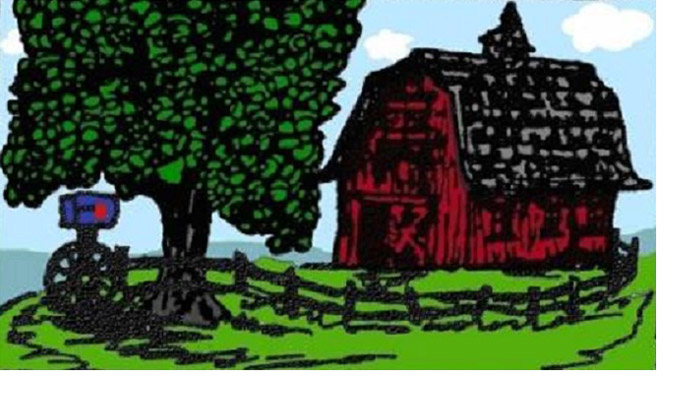
The first bison was born this spring on the grounds of Fermilab in Batavia this week. Fermilab maintains a small herd of American plains bison on its grounds.
Fermilab in Batavia announced that its first baby bison of 2022 was born on Wednesday.
A name for the baby bison was not released. But up to 20 more calves are expected throughout the spring.
All this may come as a surprise to folks who know of the Fermi National Accelerator Laboratory only as America’s premier national lab for particle physics research.
Fermilab’s surrounding grounds are also home to a herd of nearly three dozen American plains bison as part of an officially designated National Environmental Research Park set up by the U.S. Department of Energy.
The Batavia herd dates back to 1969. That was when Fermilab’s first director, Robert Wilson, pushed for the previously endangered species to populate the areas around the research laboratory campus.
Nearly 1,000 acres of reconstructed Midwest tallgrass prairie, remnant oak savannas, marshes and forests are part of the Fermilab landscape. So adding a herd of bison was considered to be a natural fit.
In the 19th century, North American bison nearly went extinct. Thanks to conservation efforts, that’s no longer the case.
According to spokesperson Tracy Marc, the herd currently comprises 32 bison — 30 cows and two bulls. To maintain the herd’s health and genetic diversity, the bulls are changed out periodically.
Fermilab also periodically conducts genetic testing to ensure that the laboratory’s herd shows no evidence of cattle gene mixing.
Fermilab has reopened to the public after being closed at the height of the COVID-19 pandemic. Visitors are welcome to view the bison in person or follow the progress of the herd online via a Fermilab bison cam.
For more information, visit fnal.gov or call (630) 840-3351.
